Travel Slowly While Working Remotely
categories: UncategorizedI decided to slow down the day I watched dozens of cars catch fire.
Our vehicle lurched out of one pothole and into the next on the journey back to Lagos from Ibadan. I wondered for the seventh time about the wisdom of taking a round trip on the same day.
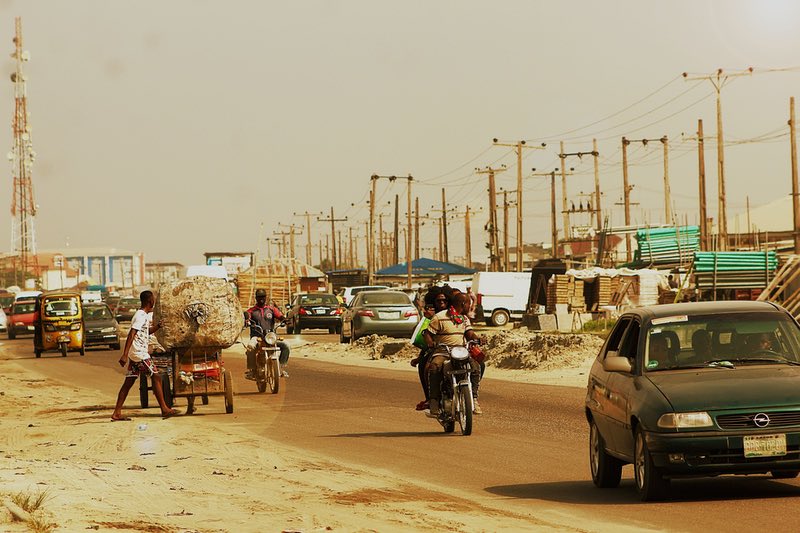
Image by Oluwaseyi Aiyeobasan from Pixabay
The local minibus, unconcerned with my ruminations, sped on dangerously, and so did the oil tanker headed its way. It rumbled ahead, unmindful of the approaching doom at a sharp bend that merged with a steep decline to create a dangerous portion of the Lagos-Ibadan expressway.
By this point, my driver had wisely decided that caution is the better part of valor. As a result, we had a front-row seat for what came next. The oil tanker’s skid, its driver’s loss of control, the spillage, and the boom.
I had planned my trip expecting fireworks. I got what I wanted in more ways than one. Fate must have decided I’d be on that bridge and live to tell the story. However, I wouldn’t have been there that night if I had chosen to take things slow.
Apart from risking my life, I risked losing a client. I was running late on delivering a project. I had rehearsed the perfect excuse because I didn’t want to give up the bundle of excitement I planned. Of course, the client retained me after hearing about my ordeal. That said, I would never choose to witness such a tragedy to keep any job.
If you’re a digital nomad, think about traveling slowly while you work.
Photo by Austin Distel on Unsplash
Why you should embrace slow travel while working remotely
Apart from your safety, there are other things to consider if you’re always on the move. You risk burnout and losing that top job you just bagged. While freelancers swear by their job security, clients will leave you if you don’t deliver and meet deadlines.
If anything, the “You only live once” philosophy should encourage you to take your sweet time to check off the many items on your bucket list.
The digital nomad life isn’t as glamorous as social media makes it out to be. On the contrary, it can be utterly exhausting.
Clients are always on your neck, enforcing deadlines, and sometimes, you have to track jobs you’ve outsourced.
Adding travel on top of all that makes it all the more demanding. That’s because things could go sideways fast without proper planning.
I’ll show you how to work remotely and travel without putting any of the two on hold. So, whether you’re starting as a digital nomad or figuring out how to work while you travel, you’ll find all the tricks to make things work.
Make the conscious decision to take a step back
The first thing to do is decide to slow down. Let go of the guilt and anxiety of not traveling all the time. You have to understand that you can’t win at your career going around the world and working at the same time at full speed.
Your health and career depend on you slowing down. Trust me, after the first few weeks of taking things slow, you’ll begin to appreciate the digital nomad life more than ever.
Space out your itinerary
The travel life should be a slow and steady marathon, not a sprint. It’s hard to watch digital nomads try to reach over ten countries in three months. It’s not just a potent recipe for burnout but also a straightforward way to jeopardize the work-life balance.
I never made the conscious decision to sacrifice any client for the thrill of reaching many places in a short time. However, I’ve lost out on valuable partnerships because fast travel took my eyes off the ball. While I didn’t lose the client after the Otedola bridge tanker explosion, I understood the implications of spontaneous travel.
It’s easy to get distracted by the fun of reaching many places in record time. What’s more, you won’t get to enjoy much of your trip as each country or city could end up being a transit point rather than a destination.
It’s okay to want to cover as much ground if you’re taking time off from a 9 to 5 office job. Despite that, pacing yourself to enjoy each trip isn’t a bad idea. Since you’re on the job as you travel, you don’t have the luxury of full-time thrill-seeking. So, whenever you look at your stacked itinerary again, make space for work and relaxation. Consider extending your trips and make peace with ticking off your list at a slower pace.
You’ll not only have a better experience but also boost your productivity.
Don’t forget to pack the right gear
Since you’ll be working on the go, your camera shouldn’t be the first thing you consider packing unless your job requires a lot of photography.
Think about equipping your laptop with remote working tools that will help you communicate and collaborate with your clients or colleagues. Make sure these apps are not blocked in the country you’re heading to. Wi-Fi speeds and data plans may affect your work. So, find out how network connections work in your destination.
Search for the right laptop to travel with, use a secure payment channel to protect your funds, and carry along every single essential material for your job.
Here’s a list that can get you started:
- A slim laptop sleeve
- Noise-canceling headphones
- A laptop stand
- An umbrella
- A reliable water bottle
- Fitness gadgets
Remember to pack all the important items. I can’t stress this enough. One of the worst experiences to deal with is forgetting critical work tools.
Set clear working hours and stick to them
This is a difficult task for any freelancer, but you have to give it your best shot. It’s challenging to set clear boundaries between your personal life and your work as a digital nomad.
It gets even trickier when you travel a lot. First, however, you have to create a well-detailed schedule and build up a discipline to stick to it. If you’re comfortable doing some work on the plane or a train, put that in your schedule. Make sure you take care of that task on that plane.
If a job requires concentration, forget about your next destination and focus on it. You should weigh the risk of losing that client against the thrill and fun of travel.
You should also take regular breaks and don’t let work bleed into them. Not every break is an opportunity for the next trip. Instead, try to relax a little and stay stationary for a while to recharge.
Your work should also determine your next destination. For example, if you’re on a job that requires laser-style focus, consider choosing quiet and serene destinations. Avoid places that could easily distract and throw you off balance.
Stick to your budget
Your budget should be your compass. If you want to tour expensive countries and cities, make sure your pocket determines your next trip. Before you head out, complete the financial planning and ensure it makes sense.
Start by saving for the trip months before you travel. If you’re on a relatively low-earning job, this is the best way to make the trip happen.
Most importantly, ensure you stick to whatever budget you draw up for the trip. To make this work, the amount should be as accurate as possible. So, make calls and verify the price of things in the country as you draw up the budget.
Some items might still end up being more expensive than you anticipated. However, you can balance up your budget with change from things that turned out cheaper. Forfeiting some items is another way to go.
Keep track of your daily expenses and try your best to account for everything.
While you want to be comfortable, you shouldn’t blow a hole in your pocket on accommodations. Work hard to find the best deals.
When it comes to food, you have to eat like the locals. This way, you can get the best meals at the lowest price. Of course, take the cleanliness of the food into account.
Taking your time in one location and planning your next trip will also help you slow down a bit. That makes financial planning an all-around win.
Turn time zones to an advantage
If you have clients spread across the world, you’re not new to working around time zones. You can apply that knowledge to your travels. From beating deadlines to scheduling meetings and trips, you have to understand the time zone of your next destination to make things work.
If it’s your first time traveling and working, get ready to see time in a new light. First, you should thoroughly do your homework. Confirm whether the country adjusts to Daylight Savings and if it will affect your meeting schedules.
Make the necessary changes before you hit the airport. There are numerous time tools that you can try out to help you get things in order.
- Book Your Accommodation HERE
- Buy Travel Insurance
- Search for Great Tours HERE
- Get a Car Rental
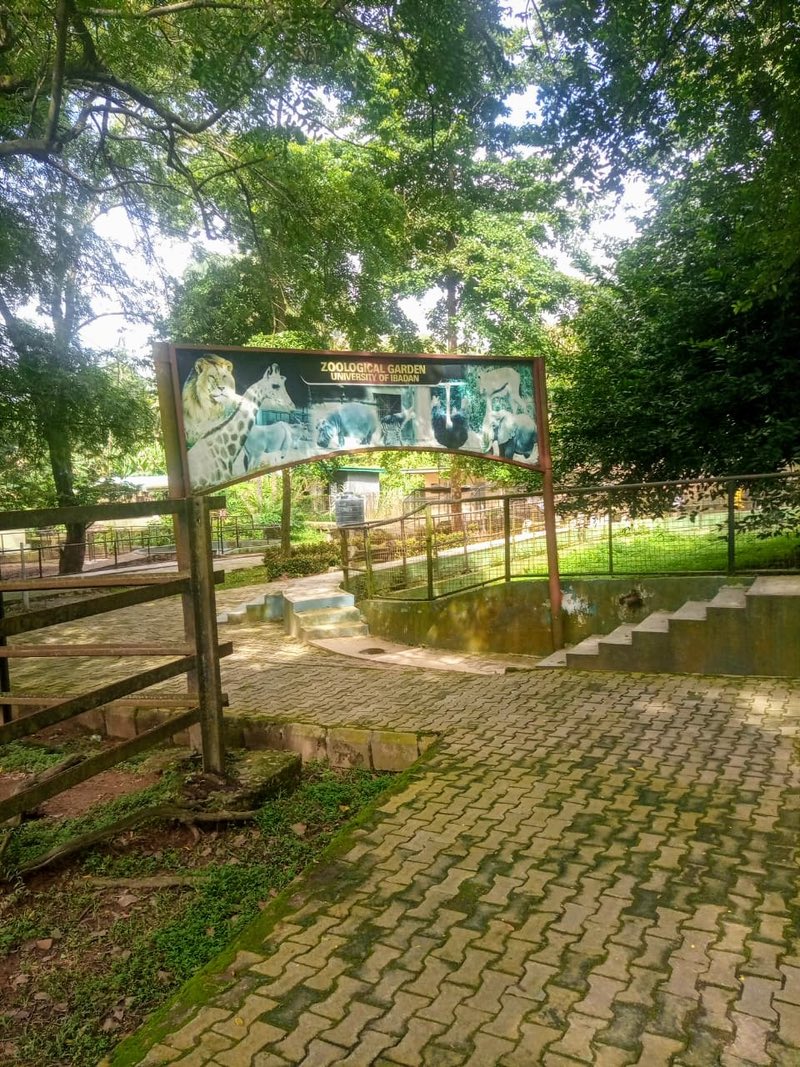
Don’t be in haste to leave
Before my trip to Ibadan, I only focused on visiting the University of Ibadan Zoological Garden. I later realized I’d have to return to the city. I wanted to check out Ado Awaye Mountains and Suspended Lakes, Agodi Gardens, IITA Forest Reserve, the National Museum, and Odu’a Museum, and Hall of Fame.
There’s always more to a place than your research will ever reveal. Tour guides and locals will open your eyes to things you’d want on your bucket list.
Plan to stay awhile wherever you’re headed. It’s a great way to deeply experience the destination, its culture, and its heritage. In addition, there are lots of hidden gems to uncover if you spend a bit of time with the locals.
You can speak to a guide over the phone before you travel. Find out if there are other things you’d like to explore when you get to the destination. This way, you have something to look forward to as you plan a more extended stay.
Staying a while also gives you time to work and accomplish a lot. Also, getting used to a new environment helps you focus and keeps you in the right state of mind.
Adopt the life of the locals
Living like the locals is the best way to get an immersive travel experience. You get to be a tourist while living everyday life.
You’ll have to go through some routine day-to-day activities. These include workouts, getting haircuts, doing your laundry, purchasing local data plans, and shopping for household goods and personal hygiene products.
Mind you, these activities won’t be as easy as your everyday life back home. From finding the best jogging routes to making your way to the local shop, you might find things challenging. That said, it’ll be a valuable experience.
You should also sample local cuisines, attend public occasions like festivals, and learn a bit of the local language.
Doing these things yourself can help you avoid the costs of expensive hotel and tour company services. It’s one of the best cost-effective ways to get by as a digital nomad. In addition, you can easily save for your next exciting trip.
Resist travel pressure
Don’t let “Top X must-visit sites in Paris/London/Sicily” travel listicles determine your trips. You won’t fail as a digital nomad if you don’t visit these sites before the year runs out or before you turn 30.
You already have a career to grow and a freelancing brand to build. That’s enough pressure to keep you on your toes.
You’ve experienced a part of New York even if you don’t step foot in the Empire State Building or see a Broadway show. Stick to activities and destinations that interest you and fit your budget.
Final thought: Relaxation is a virtue
It’s okay to curl under a duvet, relax, and do nothing from time to time. Set yourself free from the pressure to jump to another location when your work calendar clears up.
One of the goals of traveling the world is living a good life. Taking each journey slow and steady helps you soak in all the goodness a destination can offer.
It’s okay to take your time and recharge before hitting the road again. Spending one or two or even three days in front of your TV isn’t the end of the world. There will be enough crazy days to pump your adrenaline.
Leave a Reply
Tags: article, digital nomad, remote work, slow travel

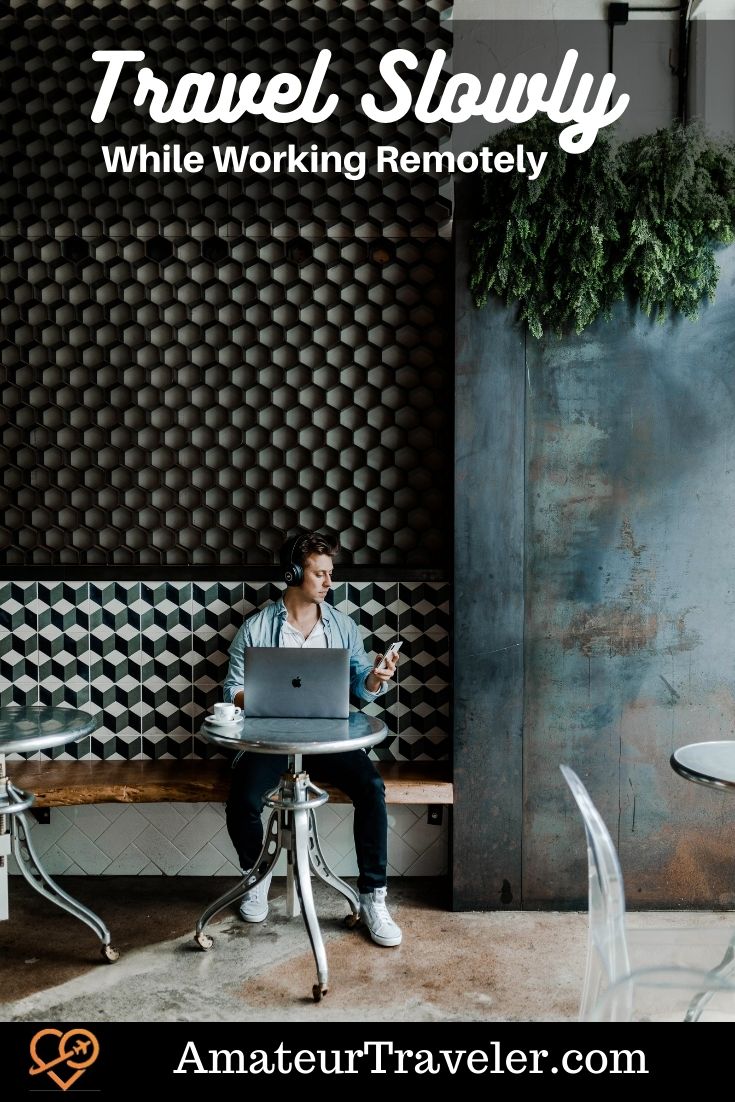



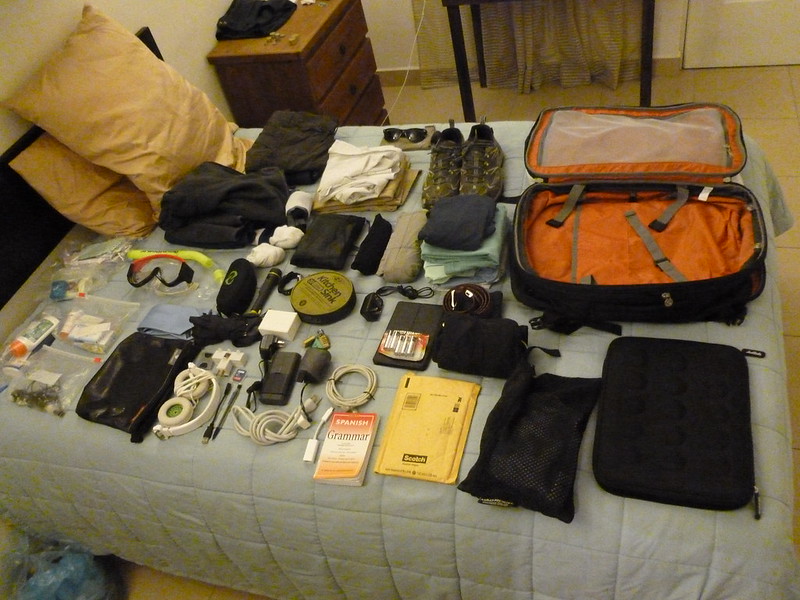
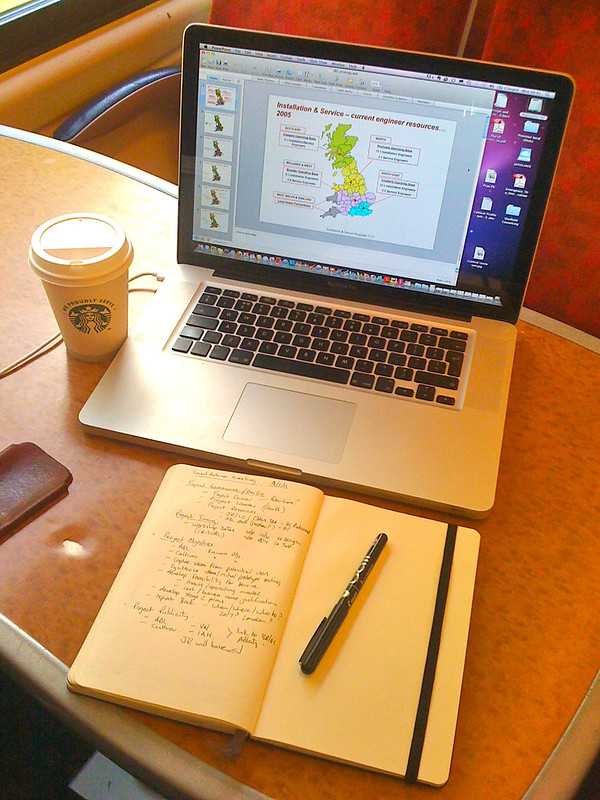





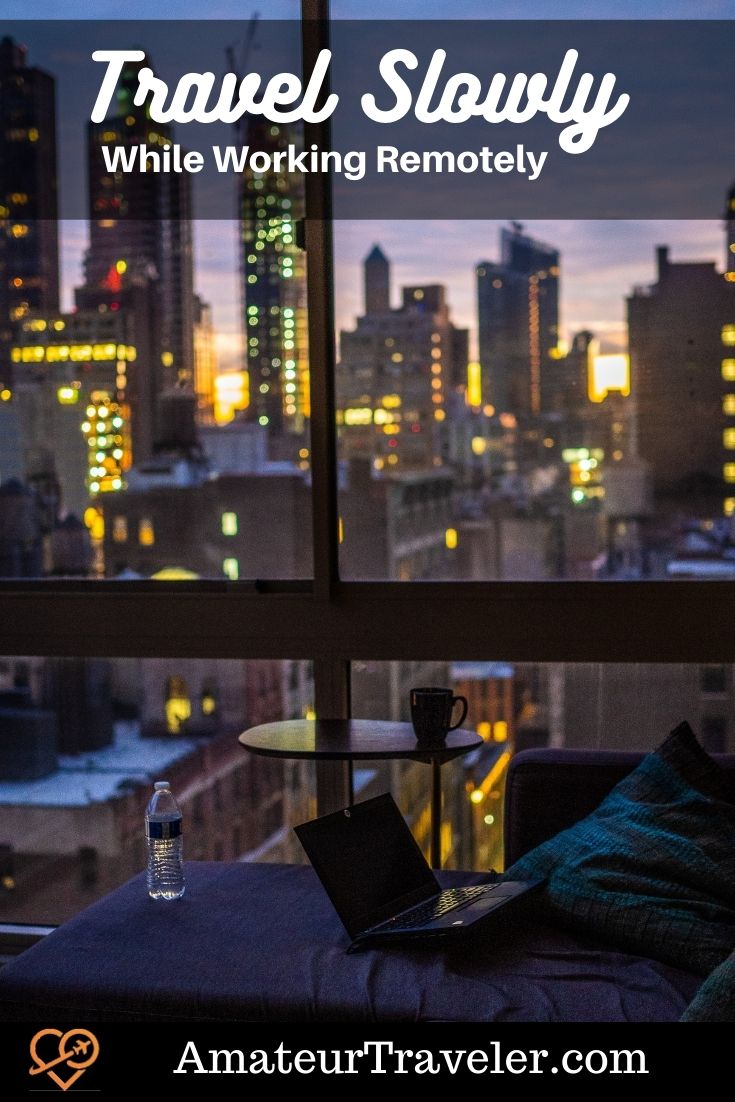
 11 Unique Tips For Digital Nomads – Traveling While Working
11 Unique Tips For Digital Nomads – Traveling While Working Travel to and Working in Antarctica – Episode 49
Travel to and Working in Antarctica – Episode 49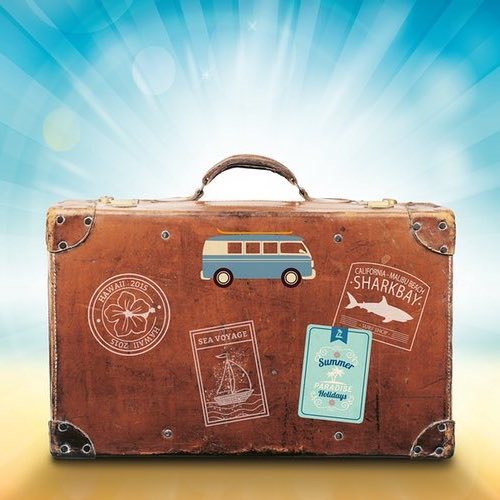 7 Essential Tools For Digital Nomads
7 Essential Tools For Digital Nomads Top Jobs for Digital Nomads in 2024
Top Jobs for Digital Nomads in 2024
